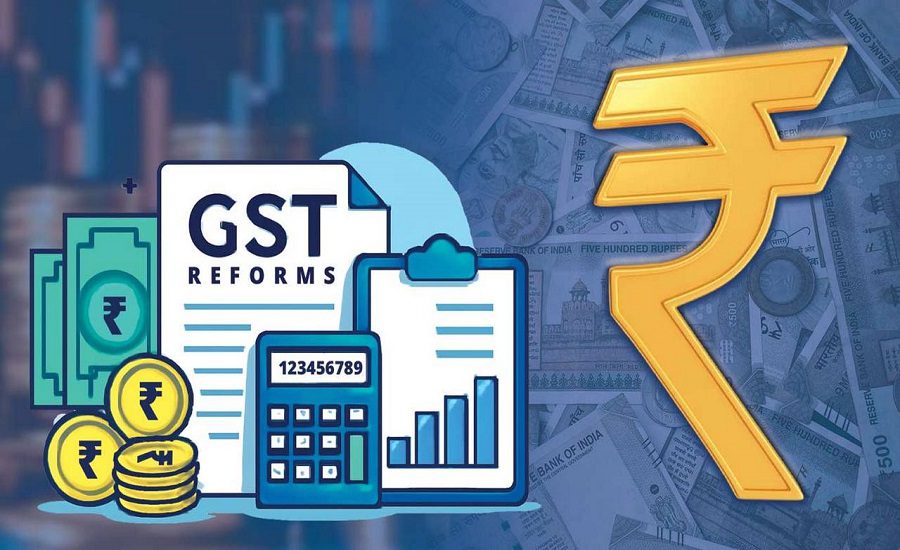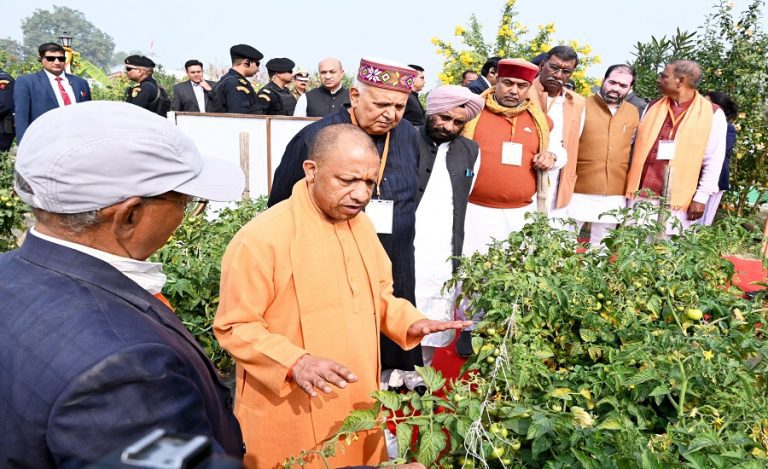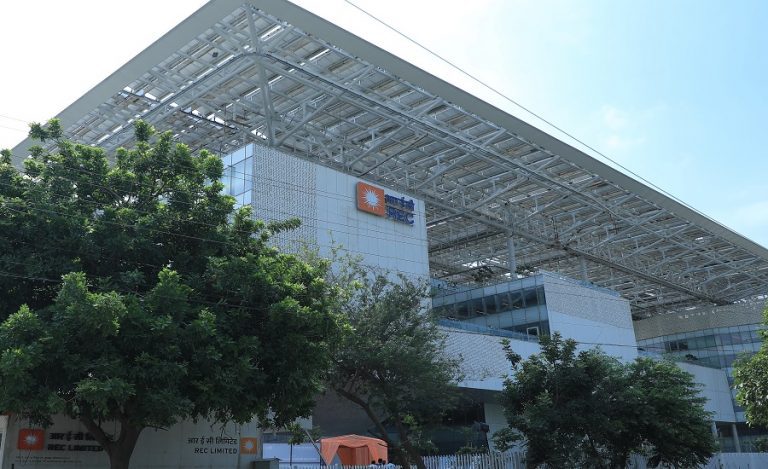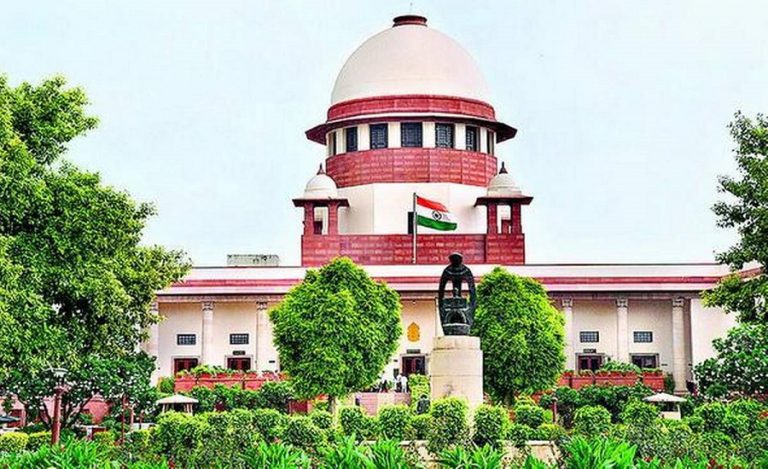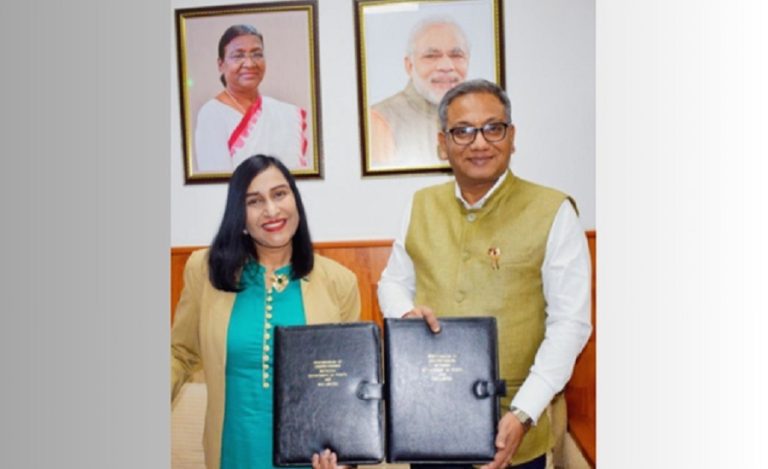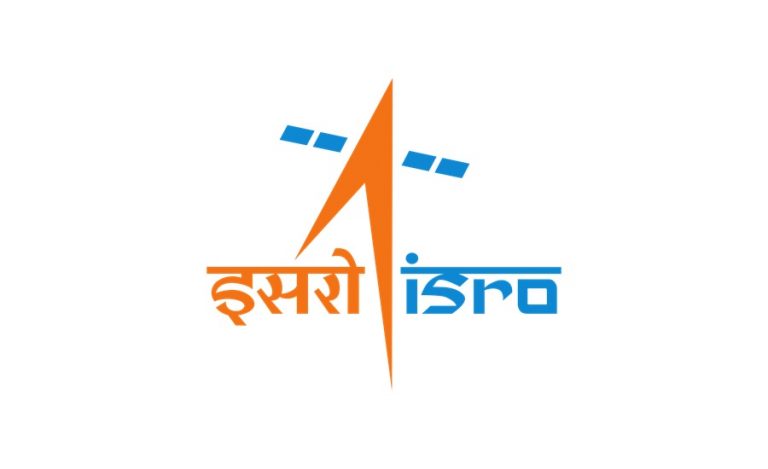In a significant economic shift, the Goods and Services Tax (GST) reforms have delivered major rate reductions across vital sectors, giving a fresh impetus to Jharkhand’s industrial and manufacturing ecosystem. The state, already a major hub for steel and heavy engineering, stands to gain immensely from these changes that reduce costs, boost affordability, and stimulate both domestic consumption and global competitiveness.
According to a statement released on Saturday, the tax reforms are expected to drive higher production, employment, and investment across sectors closely tied to Jharkhand’s industrial output.
Massive GST Rate Cuts Lower Costs Across Key Industries
A wide range of goods across the automotive and machinery value chains are now subject to significantly lower GST rates:
- Two-wheelers (up to 350cc) and small cars: reduced from 28% to 18%
- Tractors (below 1800cc): reduced from 12% to 5%
- Tractor parts: brought down to 5% from earlier 12–18%
- Commercial goods vehicles: down from 28% to 18%
- Auto components: reduced from 28% to 18%
These reforms lower the cost of manufacturing and purchasing key equipment and vehicles, making them more accessible and affordable to the broader population.
Jharkhand’s Steel Backbone Gets Stronger with GST Boost
Jharkhand contributes an impressive 20–25% of India’s total steel production, with iconic hubs like Jamshedpur (Tata Steel) and Bokaro (SAIL) anchoring the state’s industrial prowess. These GST cuts directly benefit the downstream consumers of Jharkhand’s steel, such as auto, construction, and capital goods industries — effectively creating a ripple of demand across value chains.
This surge in demand is expected to drive greater capacity utilization, expand MSME orders, and generate new employment opportunities in fabrication and allied services.
Two-Wheelers, Tractors, and Auto Parts Now More Affordable
The 7.8–11% drop in input costs due to GST rate reductions means cheaper pricing for end consumers and greater margins for manufacturers and vendors. For rural and small-town markets, this brings tractors and two-wheelers within easier financial reach, aiding agricultural productivity and rural mobility.
Over 1 Lakh Workers and MSMEs to Benefit from Policy Shift
Jharkhand’s steel and engineering ecosystem supports over 1 lakh formal jobs (1,04,309 as per 2022–23 data from the Ministry of Statistics and Programme Implementation). The policy shift will not only secure existing employment but also spur job creation in MSMEs, supply chains, logistics, and vendor operations.
Jamshedpur and Bokaro Emerge as Hotspots for Growth
Industrial belts across Singhbhum and Bokaro are expected to experience rapid expansion due to these reforms. A dense network of MSMEs, service providers, and vendors dependent on metallurgy will now operate under improved cost-efficiency and better market access, pushing the state toward higher industrial growth.
Global Competitiveness of Jharkhand’s Exports Gets a Lift
Jharkhand exports value-added steel and engineering products to international markets including the US, China, Japan, Nepal, Bangladesh, and Europe. The cost advantage offered by lower GST will enhance export competitiveness, attracting higher orders and foreign investment.
The GST reforms thus serve as a multi-dimensional growth driver — energizing local manufacturing, deepening global trade linkages, and accelerating Jharkhand’s emergence as a national and global industrial leader.

